Exploring gk222 A Practical Guide and Perspective

In recent months, attention has grown around projects and initiatives known under the label gk222; one useful reference hub can be found at gk 222. This article provides a thoughtful, practical overview of what gk222 represents in contemporary contexts, why it attracts interest, and how individuals and teams can engage with its ideas and resources effectively.
At its core, gk222 functions as a flexible identifier for a collection of concepts, practices, or projects rather than a single rigid product. That flexibility has contributed to both its appeal and the challenge of pinning down a single definition. In some circles, gk222 refers to a software or hardware initiative, in others it denotes a community-driven knowledge base or experimental platform. The ambiguity is productive: it allows contributors to adapt the gk222 label to local needs, encouraging experimentation and hybrid approaches.
Understanding gk222 begins with an appreciation of its principles. Most implementations emphasize modularity, openness, and pragmatic problem-solving. Modularity enables components or modules to be developed and improved independently, reducing time-to-value for adopters. Openness can take the form of public documentation, community forums, or permissive licensing. Pragmatic problem-solving focuses on delivering measurable improvements — for example, streamlining workflows, improving performance metrics, or lowering barriers to adoption for non-expert users.
One practical way to think about gk222 is through use cases. In software contexts, gk222 might represent a lightweight orchestration layer that integrates diverse services with minimal overhead. For makers and hardware enthusiasts, gk222 could be a set of schematics, firmware snippets, and testing procedures aimed at rapid prototyping. For educational or community projects, gk222 often functions as a curricular spine: a sequence of tutorials, exercises, and collaborative tasks that help learners develop useful skills while contributing back to the project.

Designing or adopting a gk222-based solution requires a few disciplined choices. Start with clear objectives: what problem are you solving and for whom? Next, define minimal viable components — the smallest set of features or modules that deliver value. This minimizes complexity and accelerates feedback cycles. Maintain comprehensive, accessible documentation: real-world users will rarely read dense technical manuals, so prioritize concise guides, annotated examples, and visual diagrams. Finally, set reasonable governance rules for contributions, versioning, and quality control, balancing openness with the need to maintain coherence.
Community dynamics are central to the success of any gk222 initiative. Effective communities combine a welcoming onboarding experience with clear pathways for deeper engagement. Mentorship programs, curated beginner tasks, and transparent roadmaps help newcomers contribute meaningfully without being overwhelmed. At the same time, experienced contributors benefit from recognition systems — such as badges, staged maintainer roles, or feature highlights — that reward sustained effort and expertise. Communication channels matter: choose a mix of synchronous (chat, video calls) and asynchronous (forums, issue trackers) tools to accommodate different working styles and time zones.
Technical stewardship plays a parallel role. Whether the codebase or artifacts underlying gk222 are small or expansive, maintainers must prioritize reliability and security. Adopt continuous integration practices to ensure changes are tested early. Use automated linters and static analysis where appropriate to catch common issues before they reach users. Security reviews are essential if gk222 components are deployed in production environments or handle sensitive data; even modest projects benefit from routine dependency audits and clear incident response plans.
Measuring impact helps justify continued investment in gk222. Define straightforward metrics aligned with your objectives: adoption rates, time-to-completion for common tasks, user satisfaction scores, or performance benchmarks. Collect both quantitative and qualitative feedback: surveys and telemetry show trends, while interviews and case studies reveal deeper user needs and contextual constraints. Use this evidence to iterate: let data guide feature prioritization and user experience improvements rather than intuition alone.

Interoperability is another important theme. Many successful gk222 deployments embrace standards and compatible interfaces so that their modules can be combined with existing ecosystems. This approach reduces friction for adopters and extends the reach of the project. When creating APIs or connectors, document expected input/output formats, error modes, and performance characteristics. Provide example integrations and migration guides for common target environments to lower the activation energy for new users.
Training and educational materials multiply the value of gk222. Build layered learning paths that suit diverse audiences: quick-start guides for practitioners who want immediate results, deeper technical write-ups for developers and engineers, and conceptual overviews for managers and stakeholders. Workshops, webinars, and recorded walkthroughs are effective ways to distribute knowledge widely. Encourage participants to share their own adaptations and lessons learned, creating a feedback loop that enriches the core repository of resources.
Governance and sustainability deserve explicit attention. Open projects often face tension between fast-paced innovation and long-term maintenance. Create transparent policies around decision-making, release cadences, and funding. Crowdfunding, sponsorship, or a modest paid support model can provide resources for infrastructure and core contributors without undermining the collaborative ethos. Regularly review roles and responsibilities to avoid burnout among maintainers and ensure institutional knowledge is distributed rather than siloed.
Looking ahead, the future of gk222-style initiatives will likely involve greater specialization and stronger bridges to adjacent domains. As communities and implementers converge on tested patterns, expect toolchains, templates, and starter kits that accelerate new deployments. Simultaneously, more robust integration with analytics, observability, and governance tooling will help teams scale responsibly. The projects that combine adaptability with disciplined engineering practices will tend to achieve the most durable impact.
In summary, gk222 represents a versatile approach to building practical, community-oriented solutions. Its strengths lie in modularity, openness, and a focus on measurable results. Success requires clear goals, strong documentation, active community management, and pragmatic technical stewardship. By measuring impact, fostering interoperability, and investing in governance and sustainability, practitioners can turn initial experiments into lasting value. Whether you are an individual contributor, an educator, or part of a larger organization, engaging with gk222 principles can yield tangible improvements in efficiency, collaboration, and innovation.




